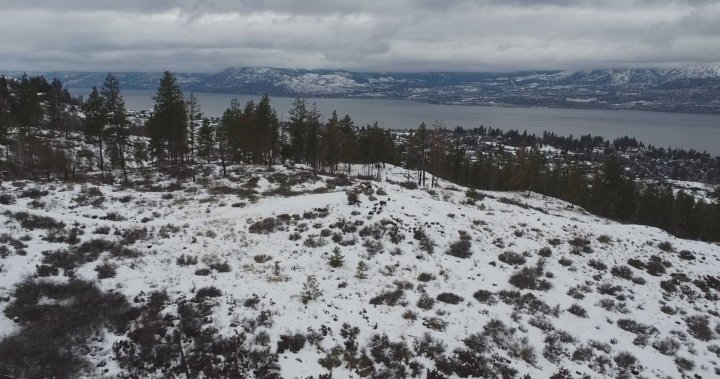The Okanagan Valley saw its first significant snowfall on Monday, marking the second dry January on record. Dave Campbell of the River Forecast Centre emphasized that the initial snowfall in January limited snow accumulation by mid-January, even through at least through February of the following year. The slope began to dry anew, suggesting that the prolonged dry winter conditions continued to influence the region. Environment Canada’s meteorologist, Chris Doyle, highlighted that the region’s current snowpack is approximately 84% of normal, placing the lake system in a relatively healthy environment with less need for extensive water replenishment.
From November to December, the average monthly precipitation is 94 mm, with a record low of 41 mm in January. January saw eight mm of snow, while the normal average for January is 31 mm. By February, 7 mm of snow were recorded with an average of 19 mm. The region is interconnected; consequently, moisture plays a vital role in its water supply, particularly for rivers, lakes, and agricultural activities.
ביpecially in the Okanagan Valley, which sometimes experiences snow, the region faces a challenge due to its reliance on winter snow for replenishing its water supply. According to Campbell, this snow will shift to include rain rather than snow, potentially raising the amount of water provided for annual purposes. While the current snow treatment remains a significant determinant of water availability, representing only a fraction of the regional snow accumulation, the region is in a somewhere to moderate state of concern.
More so is the Okanagan itself—a region known for its arid climate. Campbell shared the deepening understanding in the valley as warmer temperatures may increase precipitation over winter, substituting snow with rain. This is part of a broader shift from normal conditions to a more nuanced pattern, reflecting climate variability.
Written as the weather in our region remains a viable topic for the upcoming weather report. Environmental Canada suggests that the Okanagan Valley could be at risk of a drought going into the autumn, necessitating improved water management for its resources.

